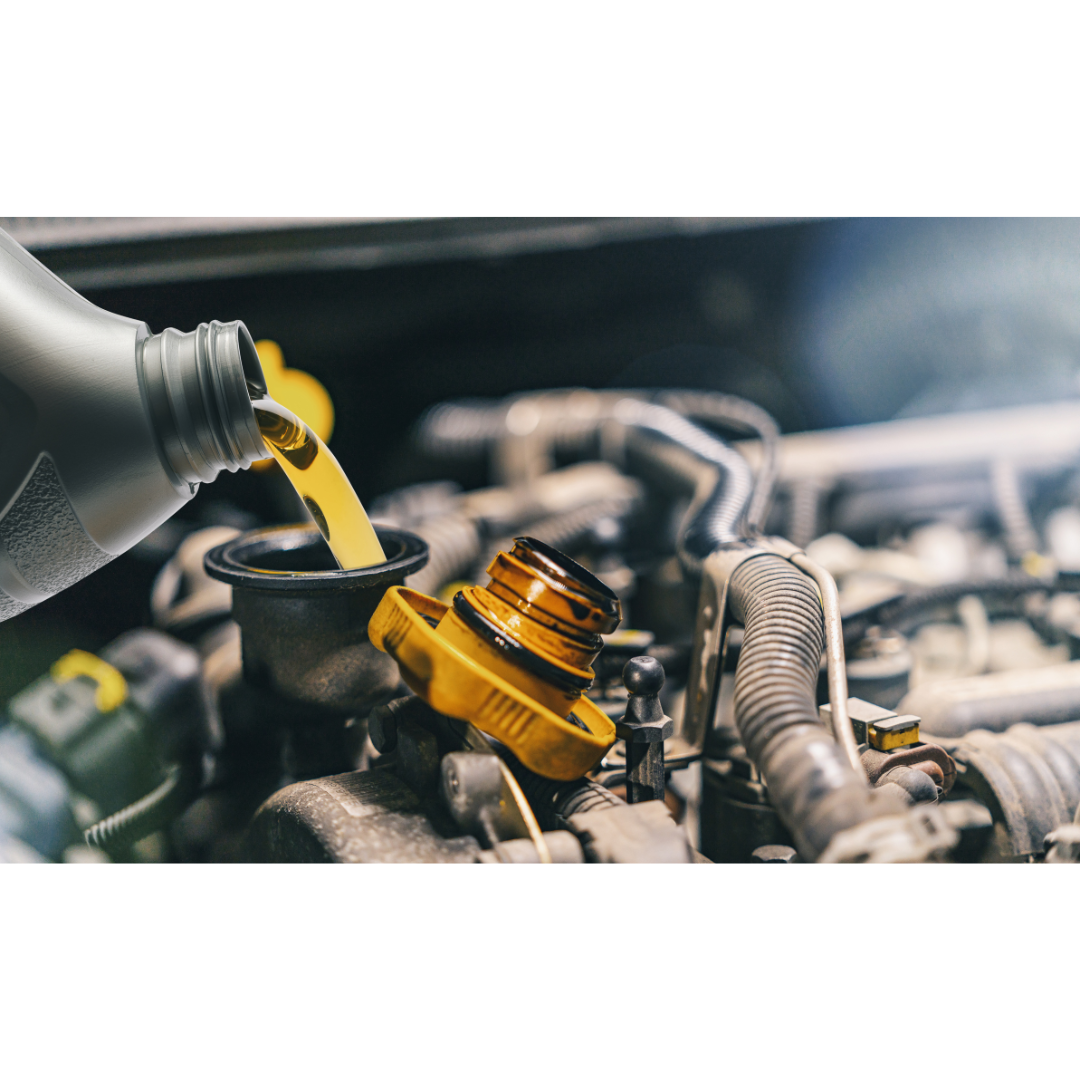What is a DVIR?
A Driver Vehicle Inspection Report (DVIR) is a record of inspection done on commercial motor vehicles in accordance with 396.11. This report is required for all passenger carrying commercial motor vehicles falling under the purview of the FMCSA.
A recent exemption for the recording of satisfactory inspections does not apply to passenger carriers.
When should an inspection be done?
An inspection should be done daily prior to beginning work in each new vehicle, and upon completion of work in each vehicle.
What is included in the inspection?
A proper inspection must include at minimum:
• Inspection of brakes and parking brake
• Steering mechanism
• Lights and reflectors
• Tires
• Horn
• Windshield wipers
• Rear vision mirrors
• Wheels and rims
• Emergency Equipment
How should the inspection be documented?
The driver should document both pre-trip and post-trip inspections on their driver daily log. This inspection should also be recorded in the Driver Vehicle Inspection Report (DVIR) book for all vehicles that seat 9 or more passengers (including driver).
Our recommendation is that if a company is utilizing paper inspection sheets then the only defects to be recorded on this form are those that would affect the safety of operation of the vehicle or result in its mechanical breakdown. If such defect is found on the pre-trip inspection – the driver shall not operate the vehicle.
Any defect that does not affect the safety of operation of the vehicle or result in its mechanical breakdownshould be recorded on a separate form.
A new and more efficient option for documenting all defects, and tracking maintenance as well as tracking body damage is by using Pocket Fleet Manager or Limo Logs. Both programs not only track required vehicle maintenance, but also assist in tracking other areas of compliance as well.
What happens if a defect is found?
If a defect is found that would affect the safety of operation of the vehicle or result in its mechanical breakdown, the vehicle is immediately out of service. The driver should mark the DVIR as unsatisfactory and immediately notify their chain of command or designated company representative.
Prior to returning the vehicle to duty the company or its agent must certify that the repairs have been completed or that the repair was not necessary to prevent unsafe operation or mechanical breakdown. The report must also be signed by the next authorized operator of the vehicle certifying that the repairs were completed.
How long should DVIRs be kept?
The FMCSA requires that DVIRs and related documentation be kept for 3 months from the date received.






